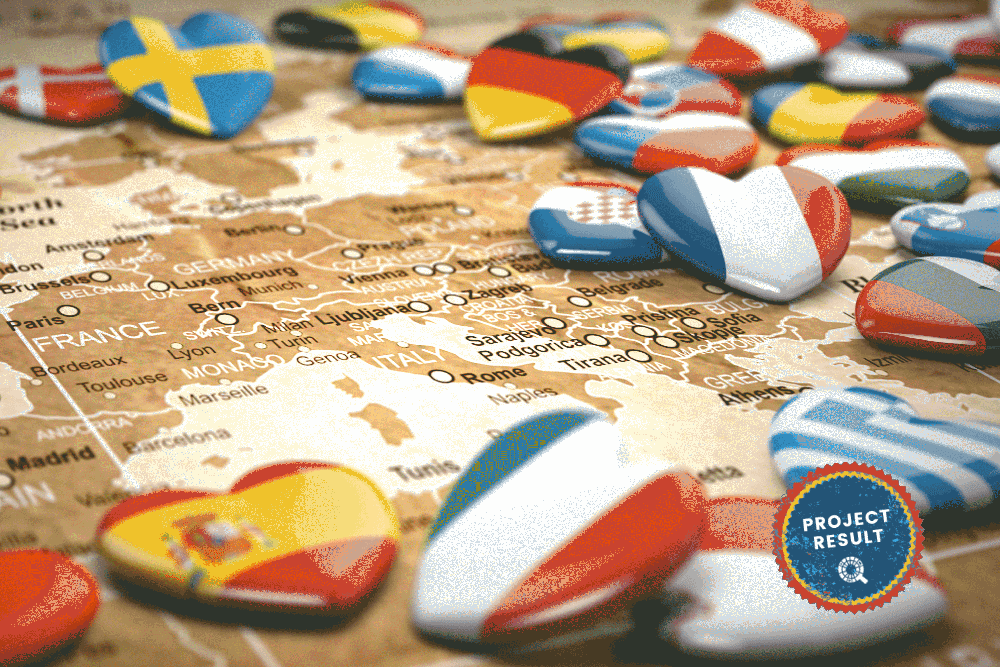Many citizen science (CS) projects have been developed in environmental science to monitor air and noise pollution, and water quality in response to citizens’ concerns. However, CS projects related to environmental epidemiology are limited, largely because of the lack of attention to evaluating environmental exposure and related health effects. The CitieS-Health project, funded by the European Commission under the H2020 program, aims to put citizens’ concerns at the heart of the research agenda on environmental epidemiology by tackling health issues that concern them.
In a recent paper, we aimed to promote the understanding and application of CS in environmental epidemiology. This paper, entitled Narrative review of citizen science in environmental epidemiology: Setting the stage for co-created research projects in environmental epidemiology was written by team members Frédérique (Fleur) Froeling and Florence Gignac in the journal Environment International.
This short report provides a summary of our main findings.
















